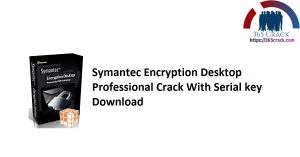
During the enrollment of the first user, Symantec Encryption Desktop generates the MACHINEGUID for the computer and stores it in the editable registry key located in HKLM. This editable key is used to store the MACHINEGUID when it is generated. Starting from version 10.3.2, Symantec Encryption Desktop creates a new registry key in HKEY_LOCAL_MACHINE (HKLM) of the registry during installation. When Symantec Encryption Desktop sends an event to SEMS, it sends its MACHINEGUID as an identity for SEMS to determine the source of the event. This unique identity is also sent to SEMS to create an entry for each computer. SEMS uniquely identifies each computer running Symantec Encryption Desktop in the managed environment for monitoring the events taking place on the computer.įor this purpose, SEMS uses MACHINEGUID, a unique identity that Symantec Encryption Desktop randomly generates for each computer to which it is installed. In some cases, Symantec Encryption Desktop is also included as part of the image as an installed application so that installation of Symantec Encryption Desktop will not be necessary later.

#Symantec encryption desktop 10.3.2 motherboard change how to
As the creation of system image that includes Symantec Encryption Desktop is distinct, this document helps the administrator understand how to create and deploy the images correctly.Įnterprise environments commonly use system images to configure computers to a pristine, working state. This document is intended for local administrators who create system images and deploy them on client computers. When a local administrator creates a system images (also known as golden image, master image, or base image) of an operating environment with Symantec Encryption Desktop 10.3.1 or earlier and deploys the image to a large number of computers in a managed environment, Symantec Encryption Management Server (SEMS) identifies all computers to which the image has been deployed with the same MACHINEGUID.Īs a result, SEMS creates only one entry for all the computers as well as overwrites their Whole Disk Recovery Token (WDRT), hostnames, and IP addresses.


 0 kommentar(er)
0 kommentar(er)
